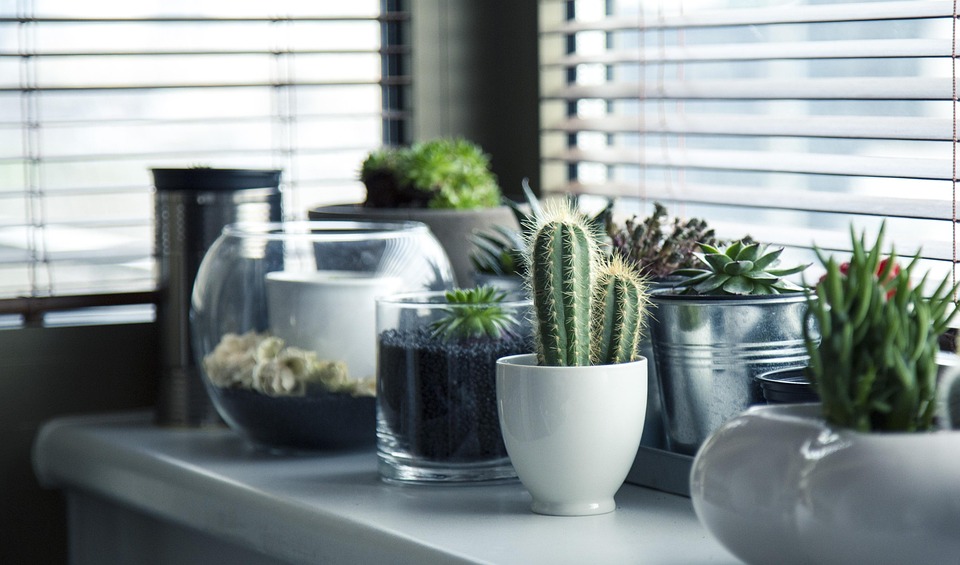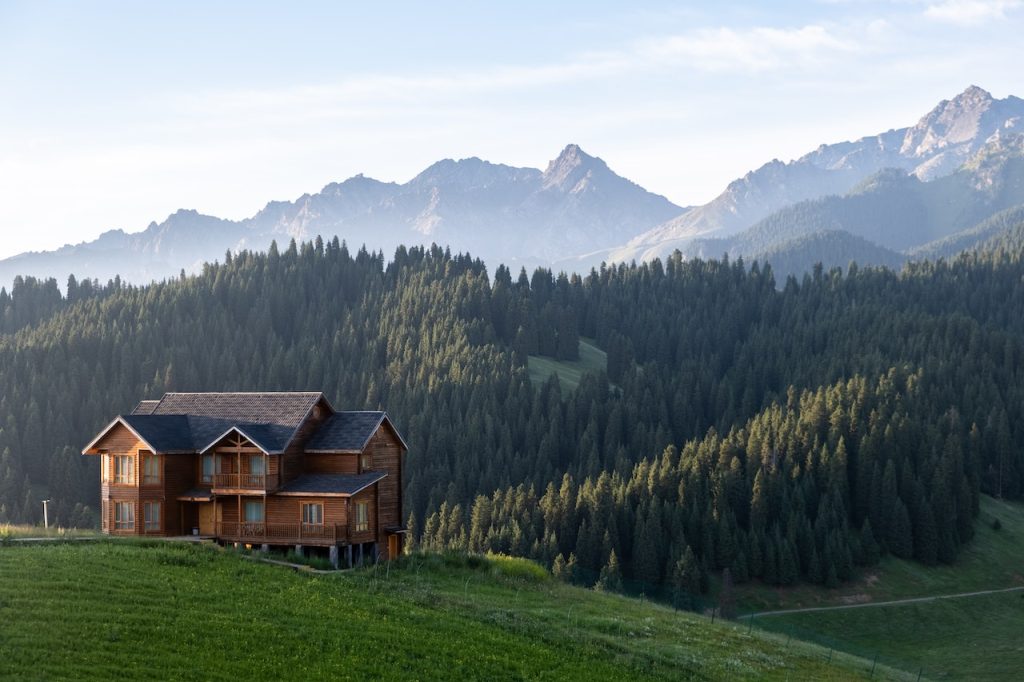# Sustainable Farming: Harvesting Innovation for a Greener Tomorrow
Picture this: the sun is shining, birds are chirping, and the scent of freshly turned earth wafts through the air. As I kneel in my garden, hands deep in the soil, I can’t help but marvel at the wonders of what sustainable farming has brought to our lives. It’s a blend of ancient knowledge and modern innovation—each seed planted is not just for today’s meal but an investment in a healthier planet tomorrow. With each harvest, we celebrate not just our little victories, but also a sustainable future, filled with promise and greenery.
## The Essence of Sustainable Farming
At its core, sustainable farming is about balancing the needs of the present with the demands of the future. It involves agricultural practices that do not deplete resources or harm the environment. By embracing biodiversity, regenerating ecosystems, and caring for our resources, we pave the way for a sustainable food system.
### Regenerative Agriculture: The Circle of Life
Regenerative agriculture takes sustainable farming a step further by focusing on restoring the health and biodiversity of the farming ecosystem. Techniques like cover cropping, rotational grazing, and agroforestry help repair and rejuvenate the soil.
– **Cover Crops**: Planting cover crops protects the soil by preventing erosion and improving its nutrient content. For instance, clover enriches the soil with nitrogen, paving the way for healthier vegetables.
– **Rotational Grazing**: This method involves moving livestock regularly to prevent overgrazing and allow pastures to recover. Healthy pastures store carbon, supporting both animals and the planet.
– **Agroforestry**: By integrating trees and shrubs into crop and animal systems, we create a diverse ecosystem that benefits both agriculture and wildlife.
### Permaculture: Designing for Resilience
Permaculture uses the principles of nature to design agricultural systems that live in harmony with the environment. It’s about creating a self-sustaining ecosystem that minimizes waste.
– **Zoning**: This principle involves strategically placing crops and animals according to their needs and how frequently they require attention. For example, herbs may thrive in zone one, close to your kitchen, while fruit trees spread out in zone three.
– **Intercropping**: By planting complementary crops together—like tomatoes and basil—you can enhance growth while naturally pest-repelling.
– **Water Management**: Harvesting rainwater through innovative designs like swales allows plants to thrive while conserving water, vital in today’s changing climate.
## The Role of Technology in Sustainable Farming
Innovation doesn’t stop with traditional practices. Advances in technology have opened new doors for sustainable agriculture, making it more efficient and accessible.
### Smart Farming Techniques
– **Precision Agriculture**: Utilizing drones and sensors helps farmers monitor soil health, weather patterns, and crop conditions with pinpoint accuracy. This leads to informed decisions that optimize resources.
– **Vertical Farming**: This innovative technique allows for growing plants in stacked layers, often using hydroponics. It reduces land use and can even be implemented in urban areas, bringing food production closer to consumers.
– **Biotechnology**: Advancements in genetic engineering enable the development of crops resistant to pests and diseases, minimizing the need for chemical pesticides. This contributes to healthier soils and ecosystems.
### Community Supported Agriculture (CSA)
CSAs offer a fabulous way for farmers and consumers to connect directly, benefiting both parties. By subscribing to a local farm, consumers receive fresh produce weekly while supporting local agriculture. This arrangement builds community ties, promoting local economies.
## Sustainable Practices at Home
Adopting sustainable farming practices doesn’t require owning a vast farm. With a little creativity, anyone can start small and make a significant impact!
### Container Gardening
If space is limited, container gardening offers a practical solution. You can grow herbs, vegetables, and even small fruit trees on your balcony or patio. Just ensure good drainage and sunlight—your green thumb will flourish!
### Composting
Transform kitchen scraps and yard waste into nutrient-rich compost. It’s a fantastic way to reduce waste while enriching the soil. Plus, it’s easy! Start with a compost bin or pile, adding layers of green (nitrogen-rich) and brown (carbon-rich) materials.
### Native Plant Gardening
Planting native species is an eco-friendly way to attract pollinators and support local wildlife. Native plants require less water and care, thriving in their natural environments.
## Pro Tips for a Greener Tomorrow
1. **Start Small**: Whether it’s a windowsill herb garden or a few vegetable plants, every bit counts. As you gain experience, you can gradually expand.
2. **Join a Local Initiative**: Many communities offer classes and events on sustainable practices. Engaging with locals fosters support and knowledge sharing.
3. **Use Organic Seeds and Inputs**: Choose non-GMO, organic seeds and natural fertilizers to ensure your garden is as healthy as possible.
4. **Rotate Your Crops**: Prevent soil depletion and break pest cycles by rotating the locations of your crops each growing season.
5. **Stay Informed**: Read up on sustainable agriculture techniques and community efforts to continually learn and adapt.
## The Movement Toward a Sustainable Future
The importance of sustainable farming goes beyond personal gardens; it’s a movement that speaks to our collective responsibility toward the planet. Every seed planted, every sustainable choice made reverberates through our communities and ecosystems.
The future of food is shifting towards localized, innovative, and resilient systems. As we champion practices that nourish both ourselves and the Earth, we harvest not just crops but a brighter tomorrow.
### Final Thoughts
Sustainable farming embodies innovation, creativity, and hope—a promise that our actions today can lead to luscious harvests tomorrow. So let’s roll up our sleeves, get our hands dirty, and be the change we wish to see in the world! Together, we can cultivate a greener tomorrow, blossoming with the fruits of our labor.
In this journey toward sustainability, every step we take brings us closer to a flourishing planet, enriched by both nature and community. So, grab your tools and dig deep, for the fun of sustainable farming is just beginning!



